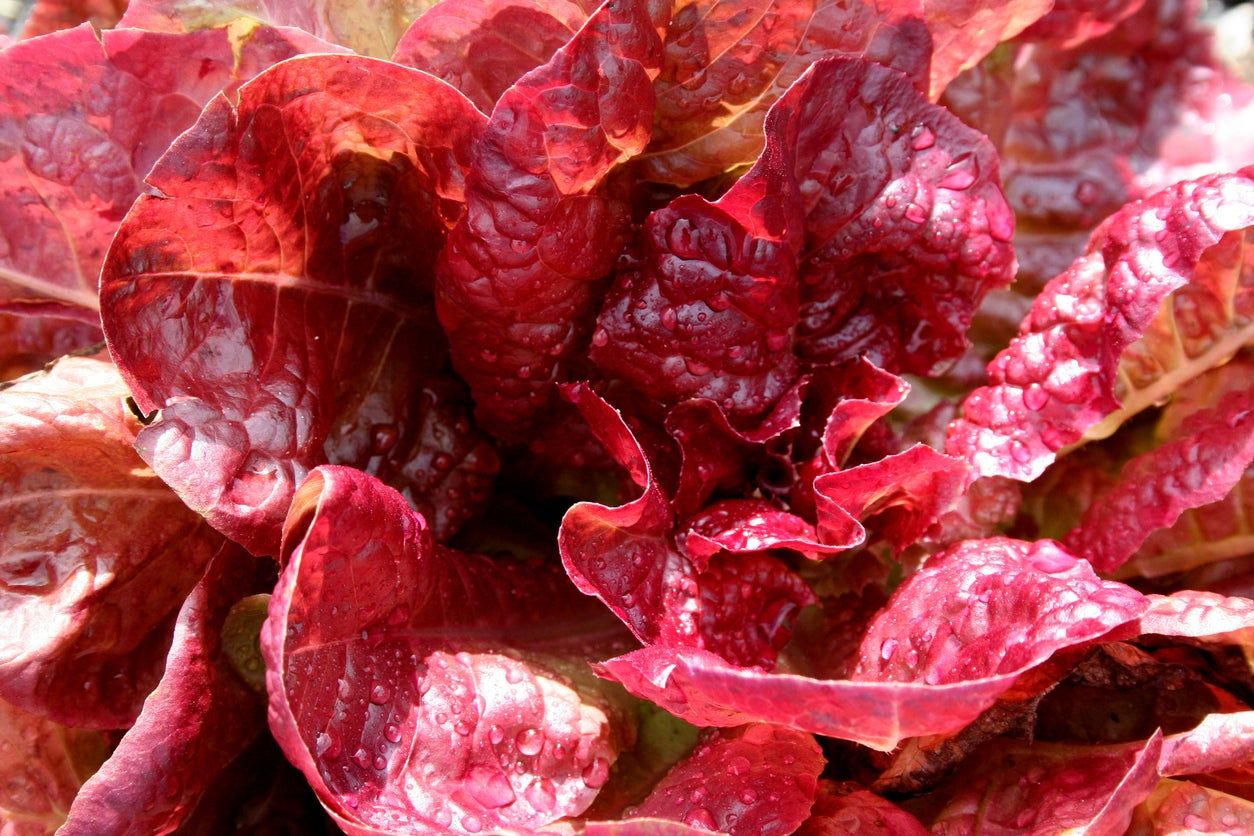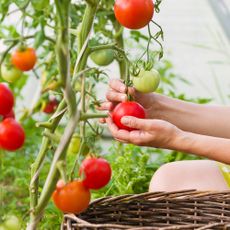What Is Yugoslavian Red Lettuce – Caring For Yugoslavian Red Lettuce Plants


Among the first crops to be planted early in the growing season, when it comes to lettuce, home gardeners have nearly unlimited options from which to choose. Hybrid and open-pollinated varieties offer growers a multitude of sizes, textures, and colors. Not only do the succulent homegrown lettuce leaves far surpass their grocery store counterparts in taste but varieties such as ‘Yugoslavian Red’ can delight growers with a diversity filled garden.
What is Yugoslavian Red Lettuce?
Yugoslavian Red lettuce is a variety of crisp butterhead (or Bibb) lettuce. Butterhead lettuces are known for their loosely formed heads. Like most lettuce, Yugoslavian Red thrives when temperatures are cool in late fall and early spring. Reaching 10 to 12 inches (25-31 cm.) at maturity, this lettuce is prized for its beautiful green-yellow color with light red-purple blushing. Popular for its mild and buttery taste, Yugoslavian Red lettuce plants are an excellent choice for containers, as well as for direct seedings in the garden.
Growing Yugoslavian Red Lettuce Plants
Growing Yugoslavian Red lettuce is very similar to growing any other type of lettuce. In general, butterhead lettuces will require more spacing than other loose-leaf types. In most cases, this means it is best to allow at least 12 inch (31 cm.) spacing between each plant. This allows for the butterhead types to form their signature head. However, those wishing to plant in containers or make intensive lettuce plantings can do so, harvesting young leaves, rather than mature formed heads. Since lettuce prefers to grow in cooler temperatures, seeds can be sown in early spring or fall. Select a well-draining location that receives direct sun. Though most gardeners choose to direct sow the seeds, it is possible to start seeds indoors before moving them into the garden. In general, seeds should be sown around one month before the last predicted frost date or in the spring. This will ensure ample time for plant growth before temperatures rise in the summer. High temperatures are detrimental to lettuce, as it may cause leaves to become bitter and cause plants to eventually bolt (produce seeds). Throughout the growing season, lettuce plants require minimal care. Growers should maintain a schedule of consistent watering, as well as monitor the plants for damage done by common garden pests such as slugs, snails, and aphids.
Gardening tips, videos, info and more delivered right to your inbox!
Sign up for the Gardening Know How newsletter today and receive a free copy of our e-book "How to Grow Delicious Tomatoes".

Tonya Barnett has been gardening for 13 years. Flowers are her passion. She has transformed her backyard into a cut flower garden, which she regularly chronicles on her YouTube channel http://www.youtube.com/@tonyawiththeflowers.
-
 Best Indeterminate Tomatoes: Flavor-Packed Varieties For Fresh Harvests All Summer Long
Best Indeterminate Tomatoes: Flavor-Packed Varieties For Fresh Harvests All Summer LongIndeterminate tomatoes are vining varieties that fruit all season. Discover their distinctive features and how to choose the best type to grow in your garden.
By Bonnie L. Grant
-
 The Dangers Of AI For Gardening – How To Know What’s Real When It Comes To Your Garden
The Dangers Of AI For Gardening – How To Know What’s Real When It Comes To Your GardenThings aren’t always what they seem when it comes to using AI for gardening. Be discerning when relying on AI for accuracy, and take the time to do research.
By Teo Spengler